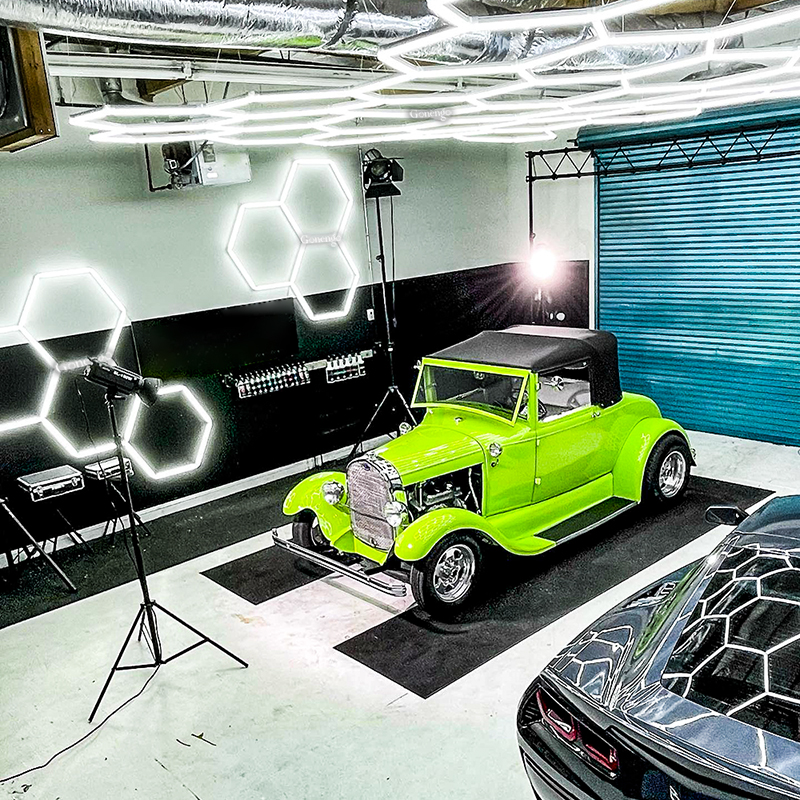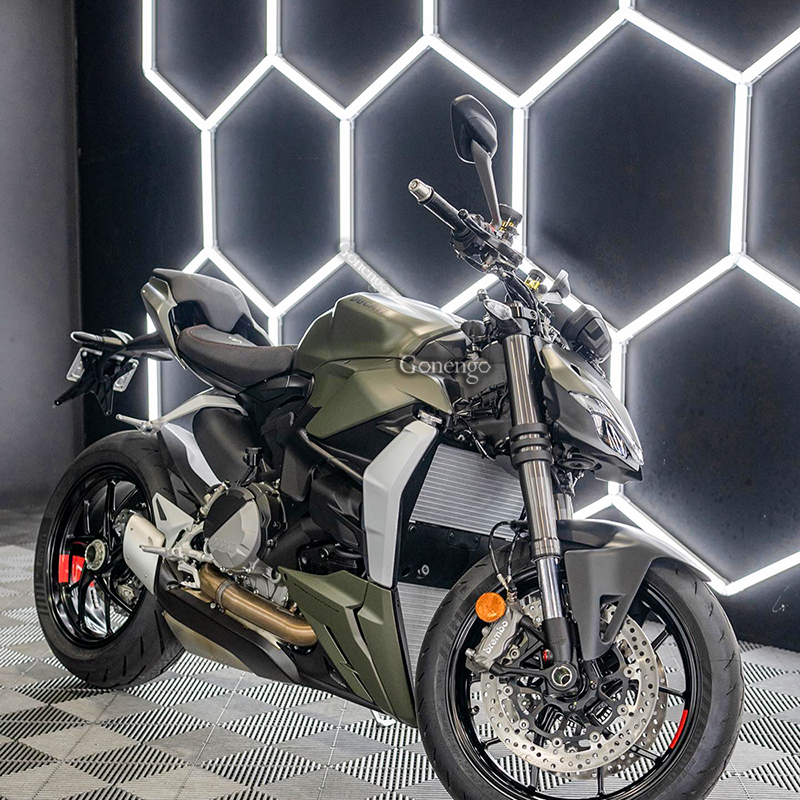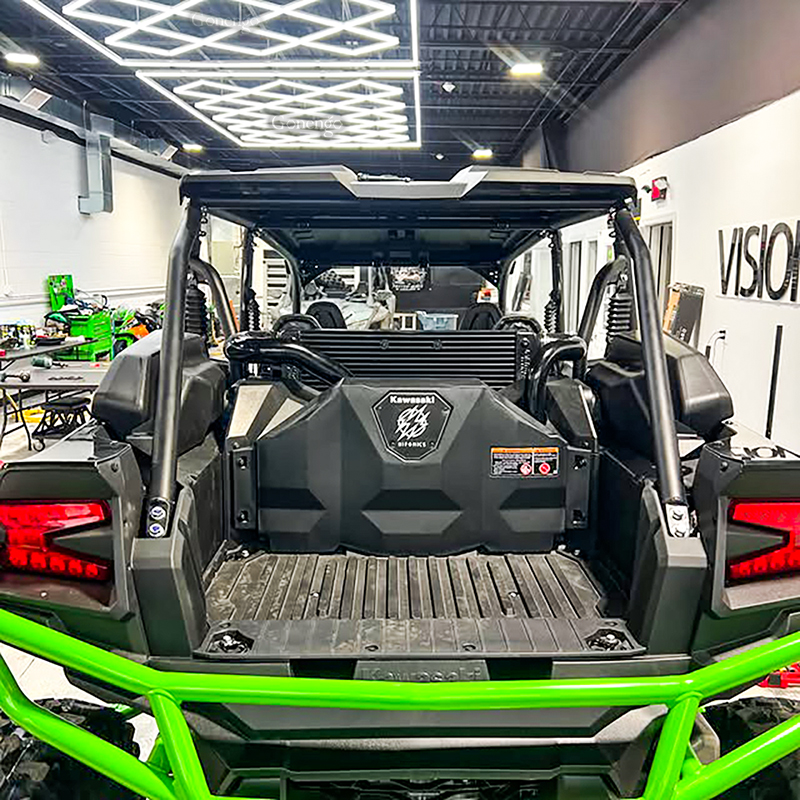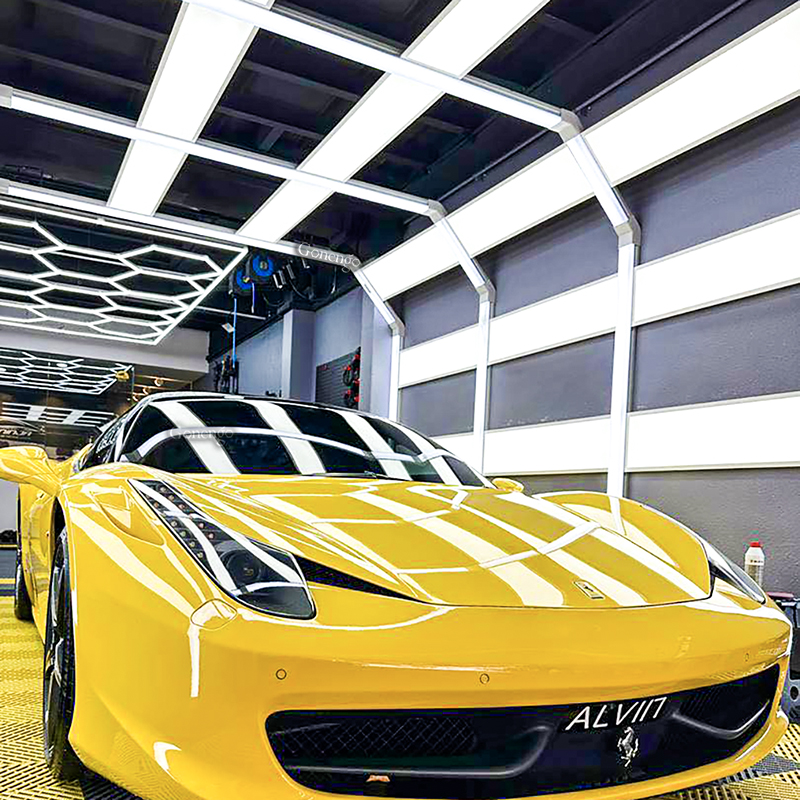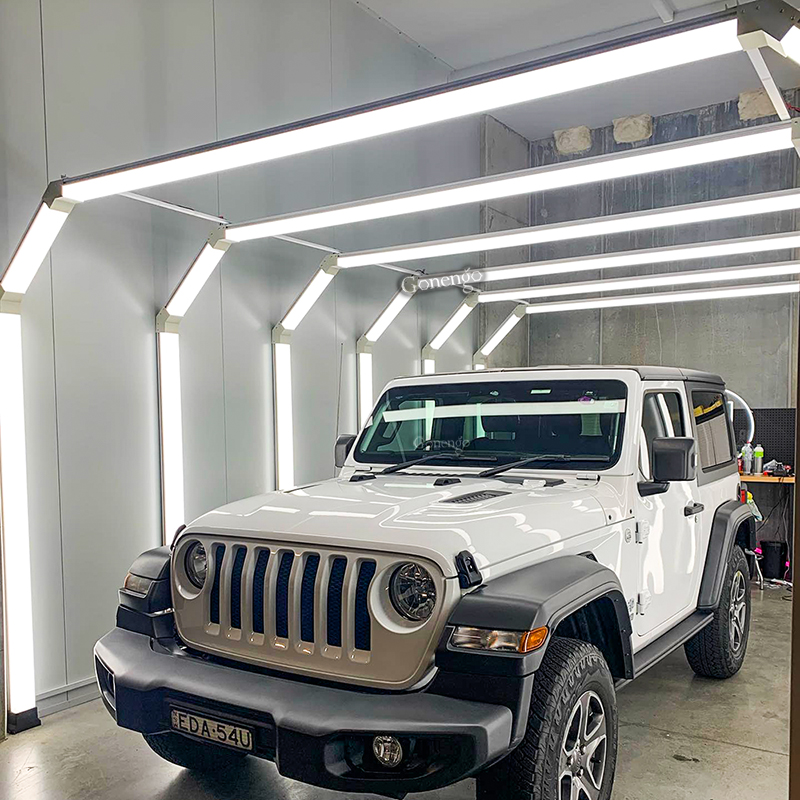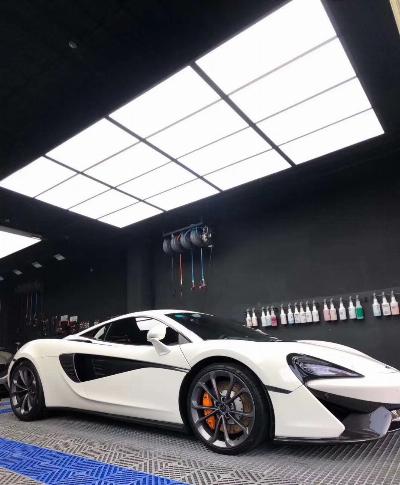 Conversion-Focused Landing Pages – More Leads, Less Bounce!
Conversion-Focused Landing Pages – More Leads, Less Bounce!
How does height of ceiling impact brightness level needed for LED lights in car shop?
Written by KurokawaYonosuke » Updated on: June 17th, 2025

In car shops, optimal lighting is crucial for efficiency and safety. Mechanics need bright, consistent illumination to work on intricate parts and ensure high-quality repairs. With the advent of dimmable LED magnetic work lighting tunnels, car shops have flexible lighting solutions that can be adjusted for different tasks and times of the day. However, one important factor that influences the effectiveness of these lights is the height of the ceiling. Understanding how ceiling height impacts the brightness level required can help shop owners make better decisions about their lighting setups.

The Importance of Adequate Lighting in Car Shops
Proper lighting in car shops is essential for several reasons:
1.Safety: Adequate lighting helps prevent accidents and injuries.
2.Precision: Good lighting allows mechanics to see small details, ensuring precision in repairs and maintenance.
3.Productivity: Well-lit workspaces enhance productivity by reducing eye strain and fatigue.
4.Dimmable LED magnetic work lighting tunnel for car polishing showroom garage lights offer the versatility needed to meet these requirements. They can be easily positioned and adjusted to provide the right amount of light for various tasks. However, the height of the ceiling can significantly influence how much light is needed.

The Physics of Light and Ceiling Height
The brightness level, or illuminance, required at the workspace is measured in lux (lumens per square meter). As the distance from the light source to the workspace increases, the illuminance decreases according to the inverse square law. This means that if you double the distance, the illuminance is reduced to a quarter of its original value.
For example, in a car shop with a ceiling height of 3 meters (approximately 10 feet), a light source providing 1,000 lumens might deliver sufficient brightness directly below the light. However, if the ceiling height is increased to 6 meters (approximately 20 feet), the same light would only provide a quarter of the brightness at the workspace.
Practical Considerations for Car Shops
1.Light Placement: Use multiple lights at different positions to reduce shadows and ensure even lighting. Magnetic work lights can be easily repositioned to optimize illumination.
2.Dimming Capabilities: Utilize the dimming feature to adjust the brightness for different tasks. This is particularly useful in car shops where different levels of brightness may be needed for under-car inspections versus engine work.
3.Reflective Surfaces: Incorporate reflective surfaces in the workspace to enhance light distribution. White walls and ceilings can help reflect light and increase overall brightness.

Conclusion
Ceiling height plays a crucial role in determining the brightness level needed for effective lighting in car shops. By understanding the relationship between ceiling height and illuminance, shop owners can make informed decisions about the type and placement of dimmable LED magnetic work lighting tunnels for detailing. Ensuring adequate lighting not only enhances productivity and precision but also promotes a safer working environment. As a best practice, regularly evaluate and adjust lighting setups to accommodate changes in the workspace and the evolving needs of the shop.
Note: IndiBlogHub features both user-submitted and editorial content. We do not verify third-party contributions. Read our Disclaimer and Privacy Policyfor details.
Copyright © 2019-2025 IndiBlogHub.com. All rights reserved. Hosted on DigitalOcean for fast, reliable performance.


